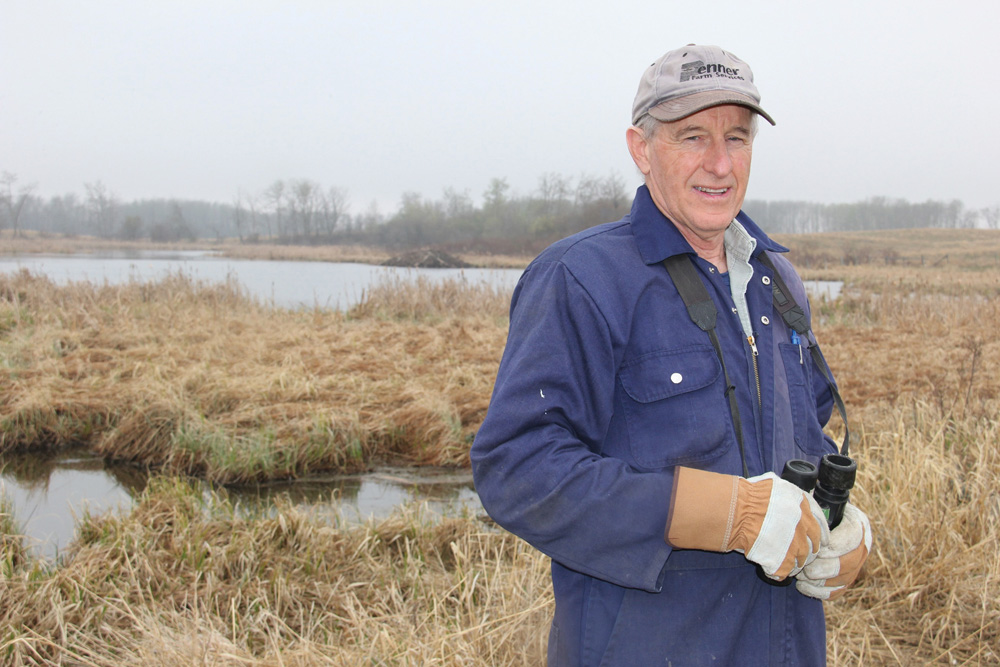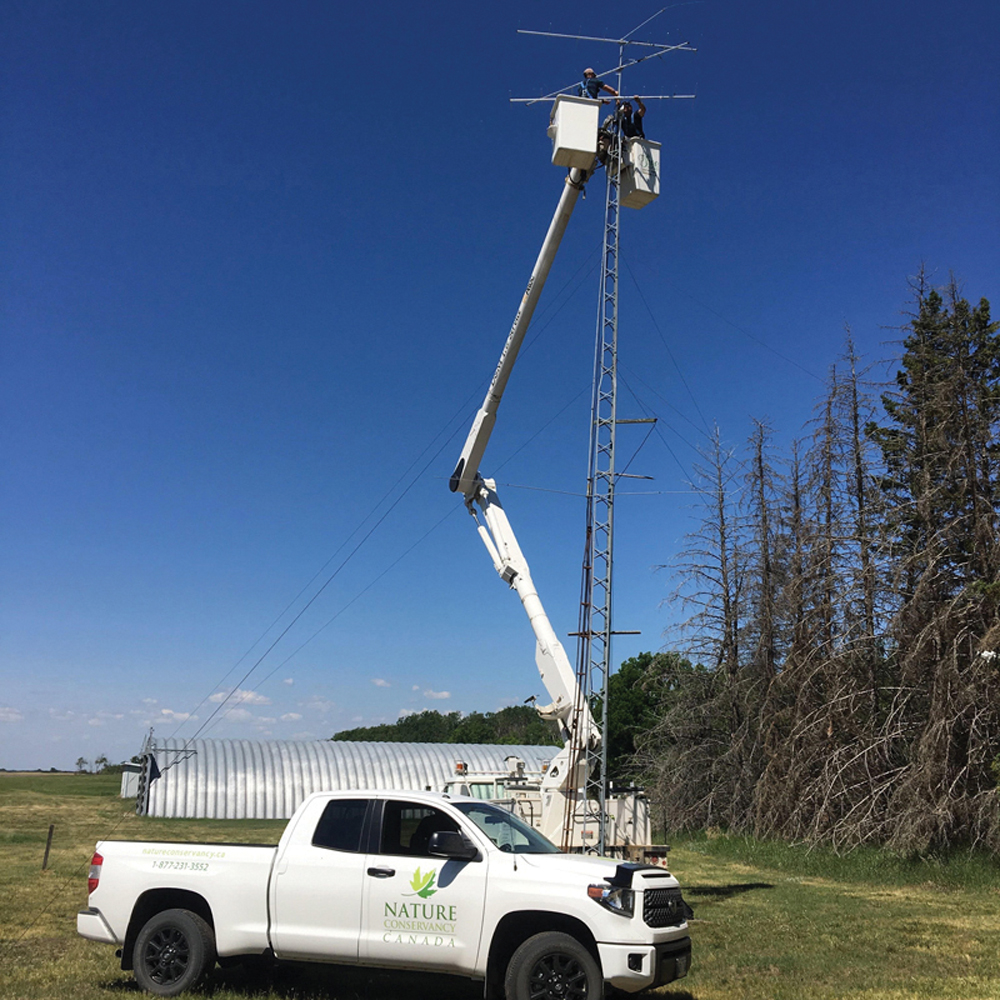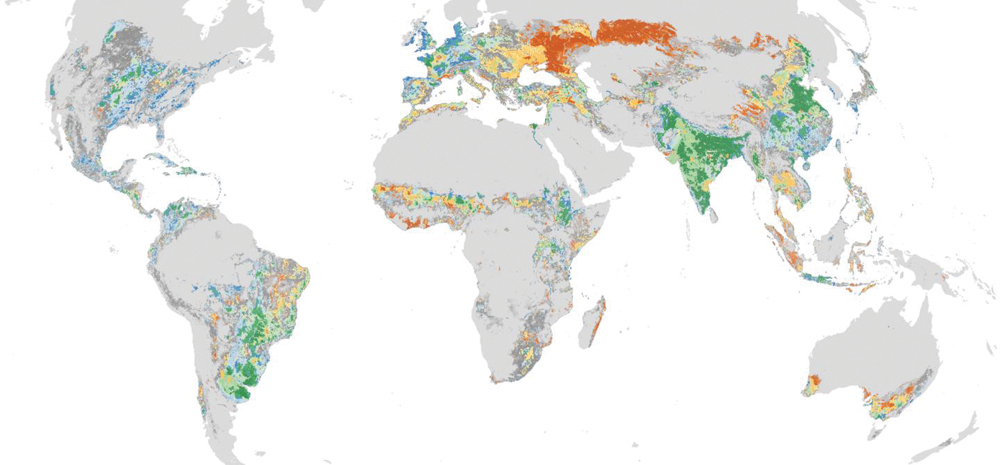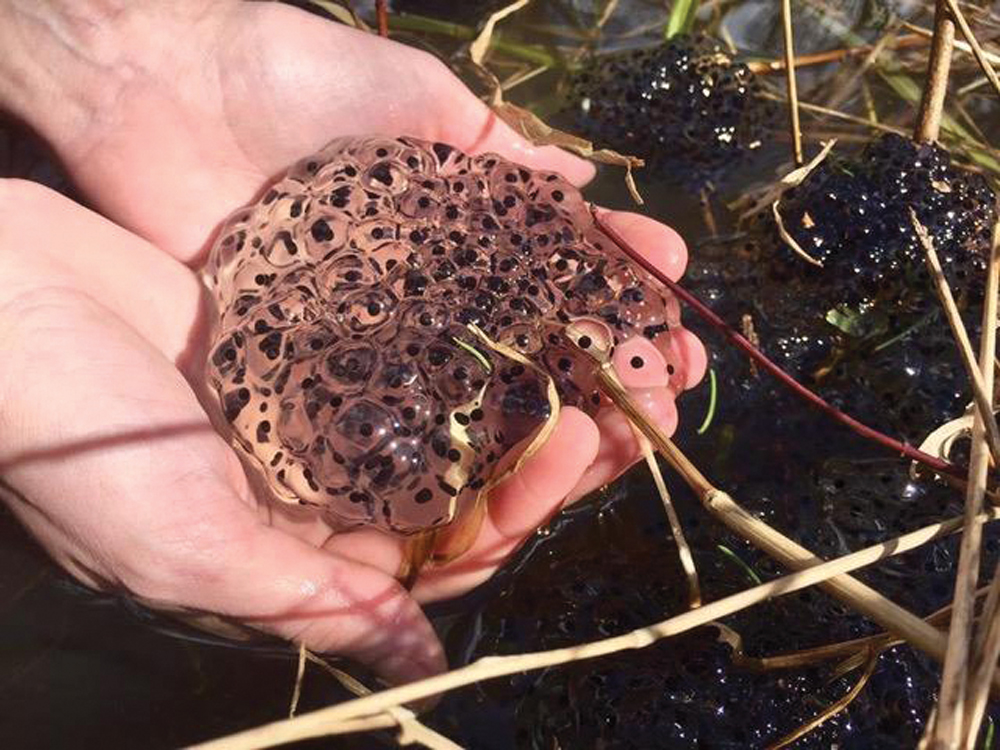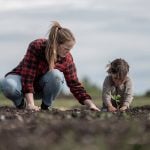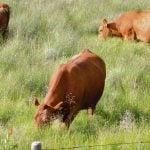Gord Hammell came to Manitoba over 40 years ago to count ducks, and after a long interval milking cows, he’s counting again.
The University of Guelph science student arrived in 1970 to do summer research for his master’s thesis on lesser scaup, a waterfowl also called “little bluebill” whose numbers have long been in decline.
Hammell finished his MA a couple of years later, but by then he was also finished with the idea of returning to a desk job in southern Ontario. Scaup habitat around Erickson south of Riding Mountain National Park was about to become his nesting grounds too, so to speak.
Read Also
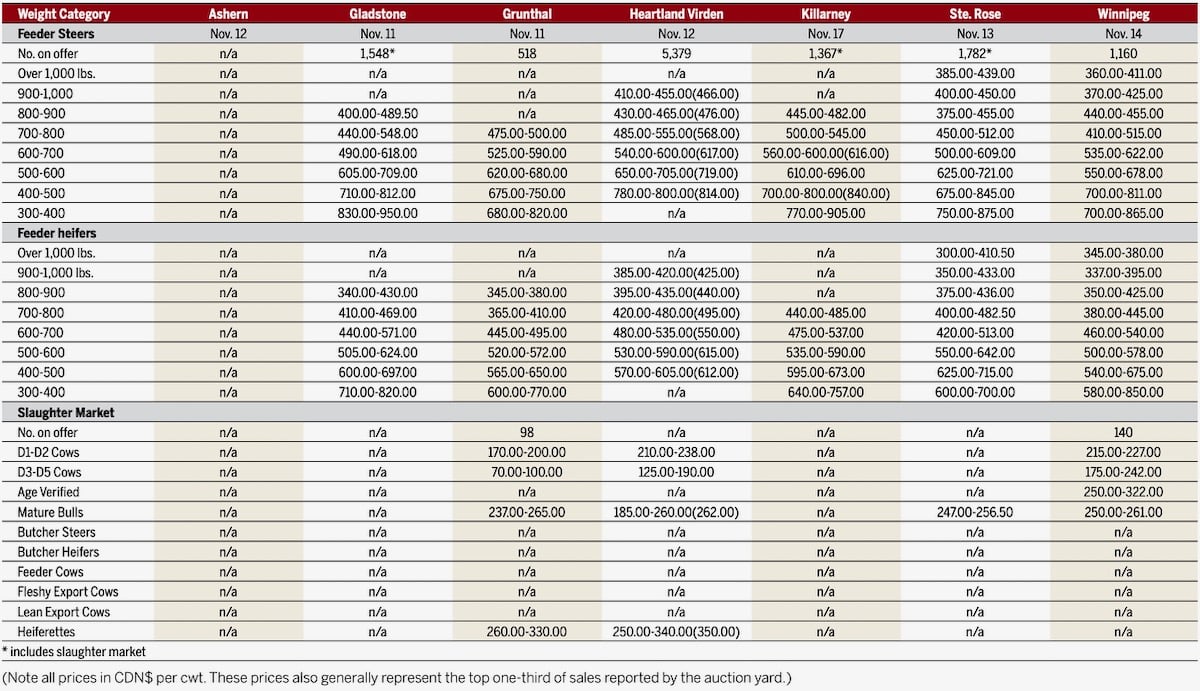
Manitoba cattle prices, Nov. 17
“I said, ‘I’m going to buy a farm,’” says Hammell. “I couldn’t believe this place. You could buy a quarter section of land, with ponds all over it, and the prices… and farmers were selling in the 1970s.”
He convinced his wife, Marg, to join him in the West, and they did buy one of those quarters. They started to farm too — from scratch and for the next 35 years they milked cows and raised a family here.
Hammell’s love of the wildlife and landscape around them only intensified. After 2008, when he decided to sell the herd and retire, he decided to repeat his survey work and do his thesis again.
“I felt I could contribute something because I live on the study area,” he said.
Contributing
But the resident scaup expert is also contributing valuable information to conservation efforts. As a research scientist, he has the distinct advantage of having lived over 40 years on his study area (680 ha 3.5 km southeast of Erickson). This time round, his systematic study of the bird’s breeding populations is also a ‘then-and-now’ observation of all sorts of other land and water conditions in his region.
“It’s a small area, but it tells us something,” adds Hammell.
Last September Hammell published findings of his work in the nature journal Blue Jay, about how species of ducks have changed, the presence of more waterfowl predators such as black bear, martin and fisher, and the significantly increasing beaver and Canada geese populations.
He’s also noted changing farm practices — the shift in pasture management to more rotational grazing that now provides improved habitat for ground nesting birds and small mammals.
And how wetlands, even here, are disappearing.
Using aerial photos and Google Planimeter, he’s compared water conditions in and around the study area between two time periods — 1970 to 1972 and 2008 to 2013 — to figure out the size and number of ponds as well as other land uses such as per cent of land cultivated.
About 12 per cent of wetlands in his study area, including a couple of dugouts and 17 seasonal ponds have either been partially or completely drained, or filled in.
Changing landscape
It’s a relatively small loss compared to southern Manitoba, says Hammell.
“In terms of draining and bush clearing, it’s remained remarkably similar,” he said.
“The upland and wetland features have not changed. There’s still about the same amount of water, fewer wetlands, but all the big ones are still there.”
It’s attributable to the type and size of farming in this part of the province.
“There’s still a lot of cattle around here. It’s always been mixed farming country, not pure grain.”
There’s a lot of people around these parts who would like to see it stay that way too. Hammell is encouraging them to act on that wish and sign their natural land over to conservation.
His citizen science has turned him into an unwitting local champion for conservation, says John Whitaker, a nearby farm neighbour and chair of the Manitoba Habitat Heritage Corporation.
MHHC enlisted Hammell’s expertise on scaup a few years back as it began a special focus on habitat to help save the bird. Working with Wildlife Habitat Canada and NAWAP to save wetlands and improve the bird’s prospects, more than 1,000 acres have been put under permanent protection.
“Most people know Gord from the old days as the guy sitting in the Volkswagen parked by the edge of the highway with binocs looking at ducks on the slough,” said Whitaker.
Passionate
Over the years, he’s also become known around here as someone who is as passionate as he is knowledgeable about wetlands. You’ll often find Gord giving a talk to local groups and organizations. He frequently has the ear of local farmers and landowners and uses that opportunity to talk up the value of wetland preservation.
“He promotes conserving the habitat he’s studying at the same time,” said Whitaker. “He’s talked to a lot of people about the possibility of putting their natural habitat into some sort of permanent protection.”
Hammell’s own assessment of his research is much more modest.
“It’s a retirement project,” he said. “I’m not trying to save the world here.”
But he is trying to save as much of this region’s still abundant bush and wetlands, and not just for the ducks. This is a place people are attracted to and want to live, he said. Drain and clear it for grain production and it will be something else.
“We moved here because it looked like this. We didn’t move here because it looked like the Portage area,” he said. “I have personal investment in keeping it the way it is, and a lot of my neighbours do too. ”


